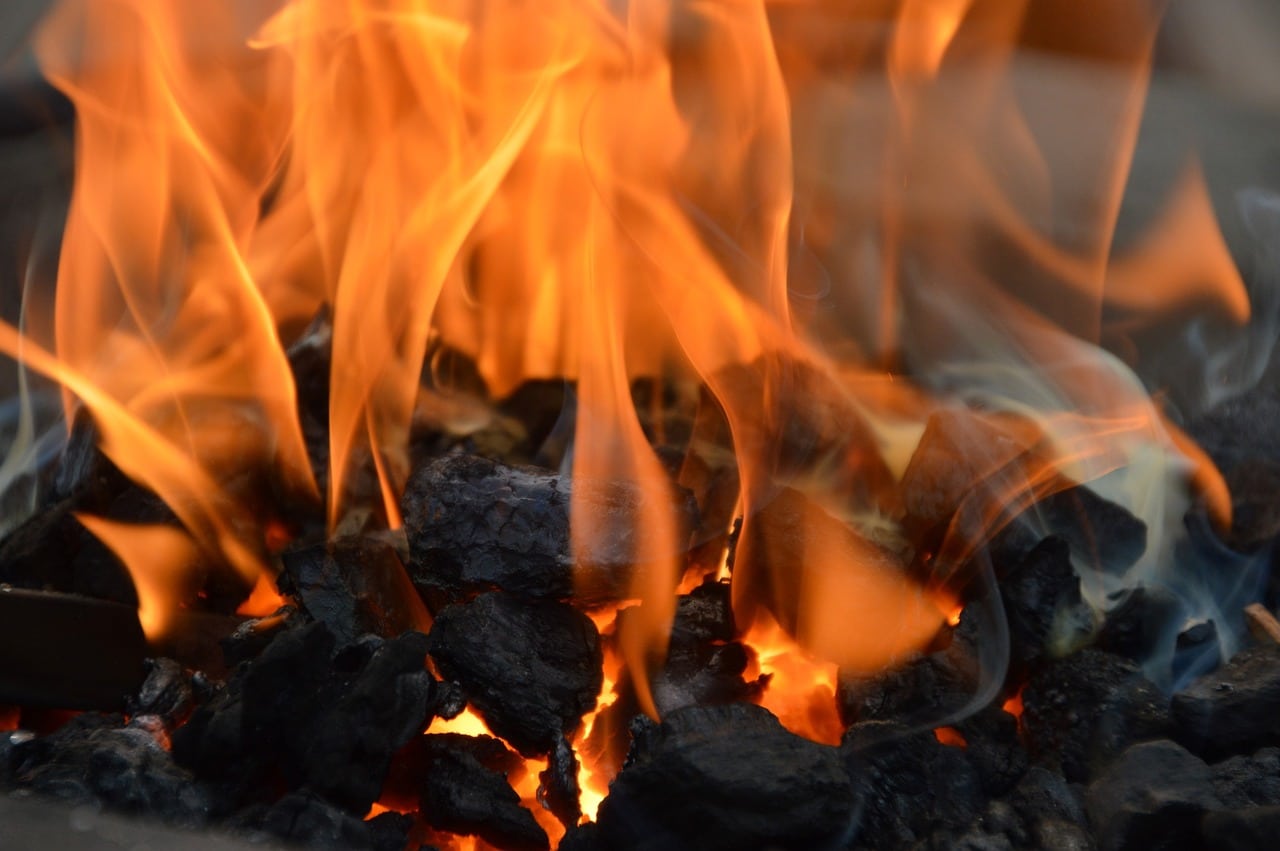
A burn is a breakdown of organic tissue upon contact with a caustic or corrosive substance or a source of intense heat.
A burn is the decomposition that organic tissue suffers when it comes into contact with fire or a corrosive or caustic substance. Beyond this decomposition, the sore, blister or impression caused by fire or very hot things is known as a burn.
For example: "The pilot suffered serious burns because, upon impact, the engine of his car exploded and caught fire" , "I got this burn yesterday with boiling oil, when I was preparing dinner" , "The burns caused by "The sun can ruin your summer vacation."
Types of burns
It is possible to distinguish between different types of burns. A thermal burn is known as a burn caused by contact with flames, hot surfaces or other sources of high temperature. Thermal burns can also be caused by elements at very low temperatures.
Chemical burns (occurring from the action of chemical agents) and electrical burns (caused by electricity) are other types of burns.

Fire can cause serious burns.
Classification according to severity
Another classification of burns is given by their severity. First degree burns only affect the superficial layer of the skin ( epidermis ) and cause redness and pain to the touch.
Second-degree burns reach the dermis (the second layer of the skin) and usually include the appearance of blisters , oozing, sensitivity to air, and the possible loss of part of the skin.
Third degree burns destroy tissue and pass through the full thickness of the skin. They can destroy the ability to regenerate and even be painless, since the nerves are rendered useless.
Fourth degree burns , finally, are the most serious as they include damage to the muscles and bones. They can cause necrosis and loss of limbs. These burns are usually caused by frostbite and extreme cold.
Surface affected by a burn
When it comes to calculating the surface area of the body that a person has burned, what is known as the Pulasky and Tennison rule is used. Through this, also called the rule of 9's , the different areas of the body are given a percentage of the total.
In this way, the trunk represents 18%, the head is 9%, each arm is associated with another 9%, the back is 18% and each leg is another 18%. To all this we should also add that the genitals correspond to 1%.
Consequences and treatment
It is important to establish that people who suffer large burns experience a whole series of conditions and ailments due to what they are. Specifically, they will feel pain, they may have problems with what the plasma is and also, in some cases, they will come across the fact that their skin will not regenerate so they will have to go to the services of a plastic surgeon .
For small burns, it is unique to establish that there are a series of homemade tricks that have been passed down from generation to generation. Among the best known is applying aloe vera to the burned area, doing the same with honey or also with yogurt. Leek, lemon balm, egg white or onion are other natural products that are recommended to be applied to the burned area to facilitate its recovery.
